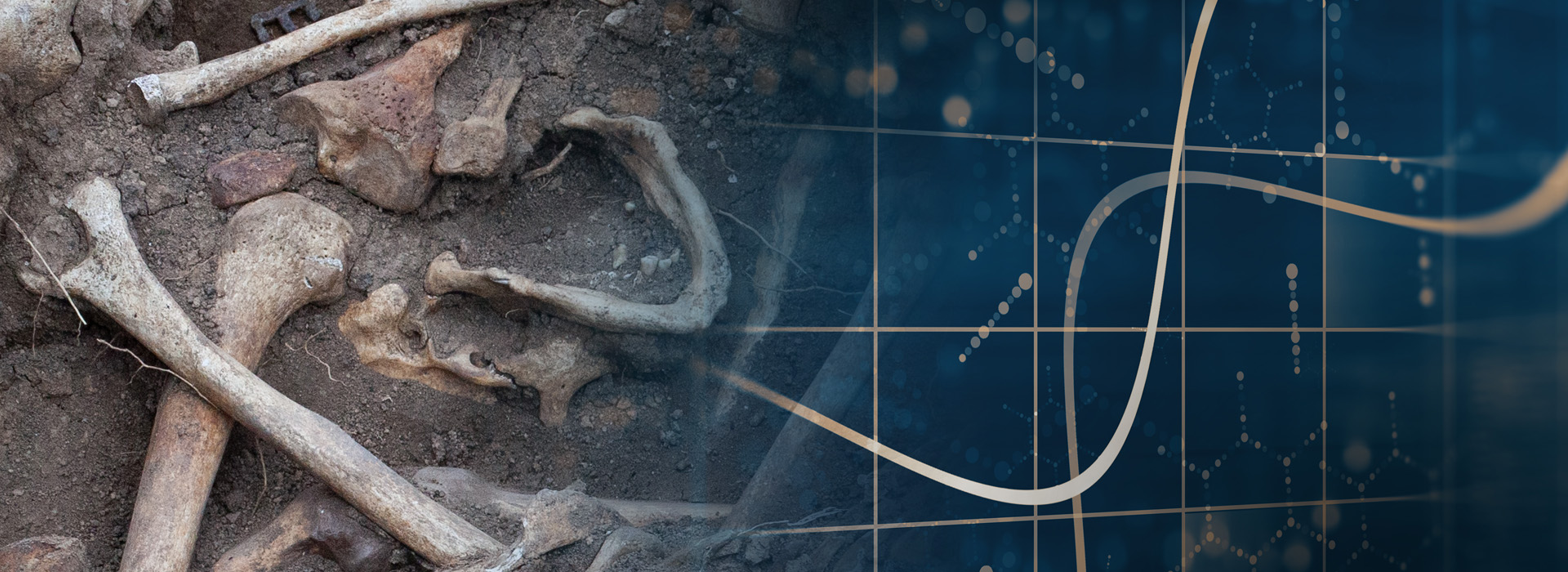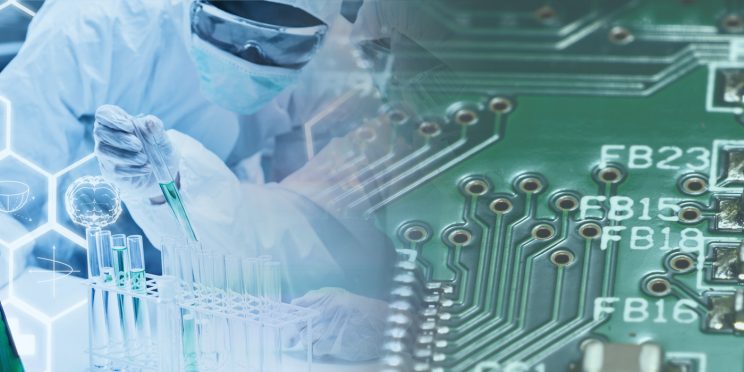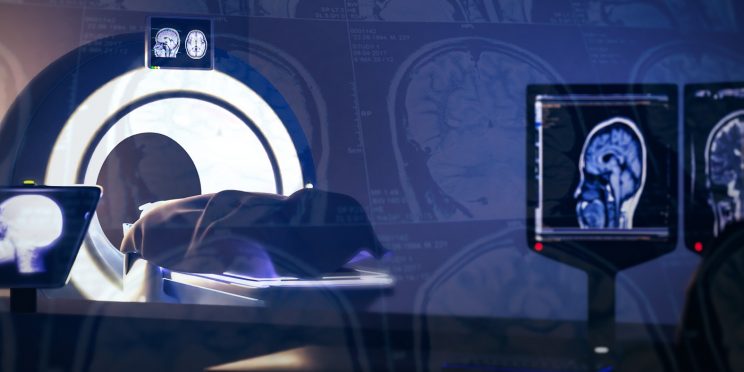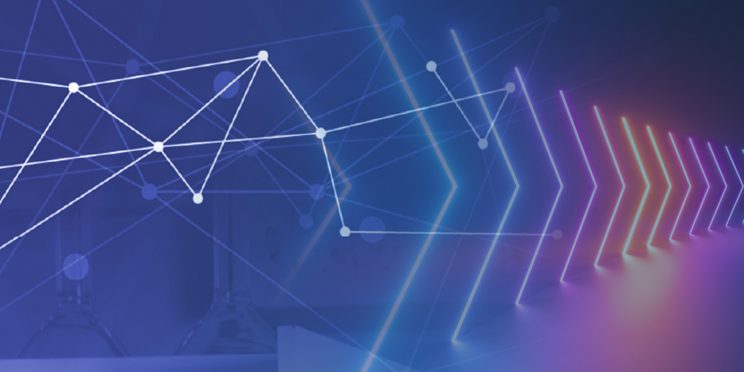This webinar originally occurred on November 30, 2023
Duration: 1 hour
Overview
A major challenge in forensic anthropology is the development of efficient and effective methodologies for sorting skeletal remains in mixed assemblages. The process of reassociating bones to their respective individual using physical and morphological traits is tedious. The task becomes especially complicated when fragmentation or other taphonomic change is present. Examining the chemical composition of bone may provide valuable information to assist in reassociation efforts. For example, previous research studies have shown that chemical variation is observed in bones as the result of factors such as diet, health, and environmental exposure. This study assesses how the chemical signatures of bone may be useful for classifying commingled remains.
This chemical information can be acquired from skeletal remains using laser-induced breakdown spectroscopy (LIBS). LIBS is a minimally destructive analytical technique that is used to obtain chemical information from the surface of a sample in seconds from micrograms of material. In addition to requiring little, if any, sample preparation, the sampling area is visually indistinguishable. This preserves the integrity of bone samples. Furthermore, the commercial availability of field-deployable, portable LIBS instruments contributes to efficient analysis of skeletal samples in the field.
This presentation will focus on the results of an ongoing research study funded under the National Institute of Justice, Award #15PNIJ-21-GG-04151-SLFO, ‘Pre-grouping of commingled human skeletal remains by elemental analysis.’ This study simulates the analysis of mass graves and the reassociation of commingled remains via the chemical information provided by LIBS. LIBS profiles have been collected from 1284 bones across 45 individuals from the John A. Williams documented skeletal collection at Western Carolina University. Over 8000 chemical profiles were acquired for statistical testing. A novel feature selection technique was used in conjunction with a discriminant analysis machine learning algorithm. By first identifying the chemical emission lines that show significant variation between individuals, bones from 45 different individuals could be sorted correctly with an average accuracy of 87%. These findings reveal how the chemical information of bone may be the key for expediting the reassociation of large skeletal assemblages recovered in a forensic context. Ultimately, this study shows how chemical analysis performed using LIBS can serve to complement the existing physical methods used for sorting commingled remains and demonstrates the importance of interdisciplinary research.
Detailed Learning Objectives
- Attendees will understand how laser-induced breakdown spectroscopy (LIBS) acquires a chemical profile of remains.
- Attendees will recognize how the chemical profiles of skeletal remains are used to sort bones at the individual level.
- Attendees will recognize the current limitations and ongoing research questions related to chemical reassociation.
Presenter
- Kristen Livingston | Ph.D. Candidate, University of Central Florida
Funding for this Forensic Technology Center of Excellence webinar has been provided by the National Institute of Justice, Office of Justice Programs, U.S. Department of Justice.
Funding for this research has been provided by the National Institute of Justice, Office of Justice Programs, U.S. Department of Justice, Award Number 15PNIJ-21-GG-04151-SLFO.
The opinions, findings, and conclusions or recommendations expressed in this webinar are those of the presenter(s) and do not necessarily reflect those of the U.S. Department of Justice.
Contact us at ForensicCOE@rti.org with any questions and subscribe to our newsletter for notifications.




